Top 9 Rock Moments 1964
The earliest year we will review on Classic Rock Review will be 1965. But this week we will cheat a little and look at the top moments from the preceding year, 1964, as […]
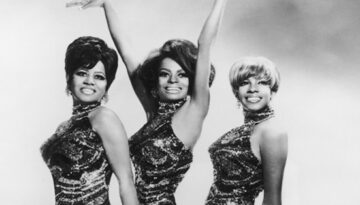
The earliest year we will review on Classic Rock Review will be 1965. But this week we will cheat a little and look at the top moments from the preceding year, 1964, as […]

This week Classic Rock Review joins the celebration of the 45th Anniversary of the historic 1969 Woodstock Music Festival. In conjunction with Top 9 Lists, we present a list of the Top 9 […]
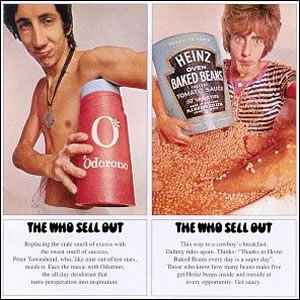
Buy The Who Sell Out After establishing themselves as a successful singles band in the mid 1960s, The Who made a concerted effort to concentrate on making cohesive albums. This all commenced with […]
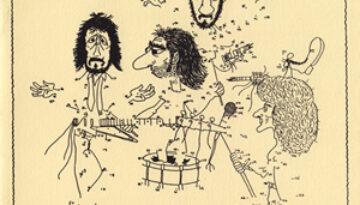
Buy The Who By Numbers With both the successes and failures of conceptual rock operas behind them, The Who made a transitional record with 1975’s The Who By Numbers. The album contains some […]
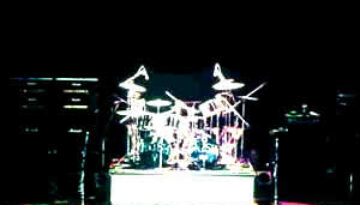
We pretty much cover studio albums exclusively at Classic Rock Review and will continue to do so with the exception of the few studio/live hybrids that we explore later in this article. […]

Nearly from its inception, rock and roll and Christmas songs have made for a potent mixture of holiday-flavored punch. This marriage dates back to 1957 with the first Elvis Presley Christmas Album and […]
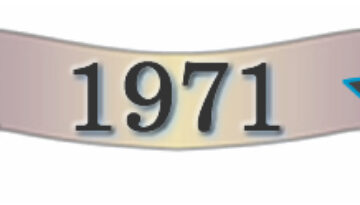
Buy Who’s Next Perhaps THE most complete rock album in history, Who’s Next has just about everything a classic rock fan can want in an album. It has plenty of three-chord power riffs, […]
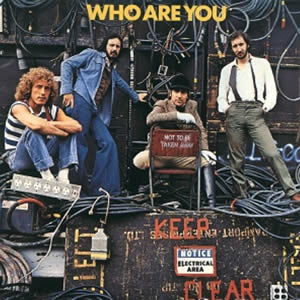
Buy Who Are You The Who‘s eighth overall and final studio album with drummer Keith Moon, 1978’s Who Are You marks a notable transition for the rock quartet. Here, the music is built […]
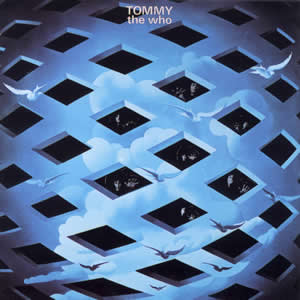
Buy Tommy If any humble reader seeks to be enlightened to the ways of spiritual rock and roll I’d suggest they start with Tommy. The fourth studio album by The Who is a […]
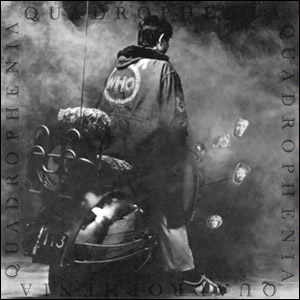
Buy Quadrophenia Quadrophenia completed the mega-creative trifecta for The Who, which peaked with Who’s Next in 1971 but was bookended by the two greatest rock operas ever – Tommy in 1969 and this […]